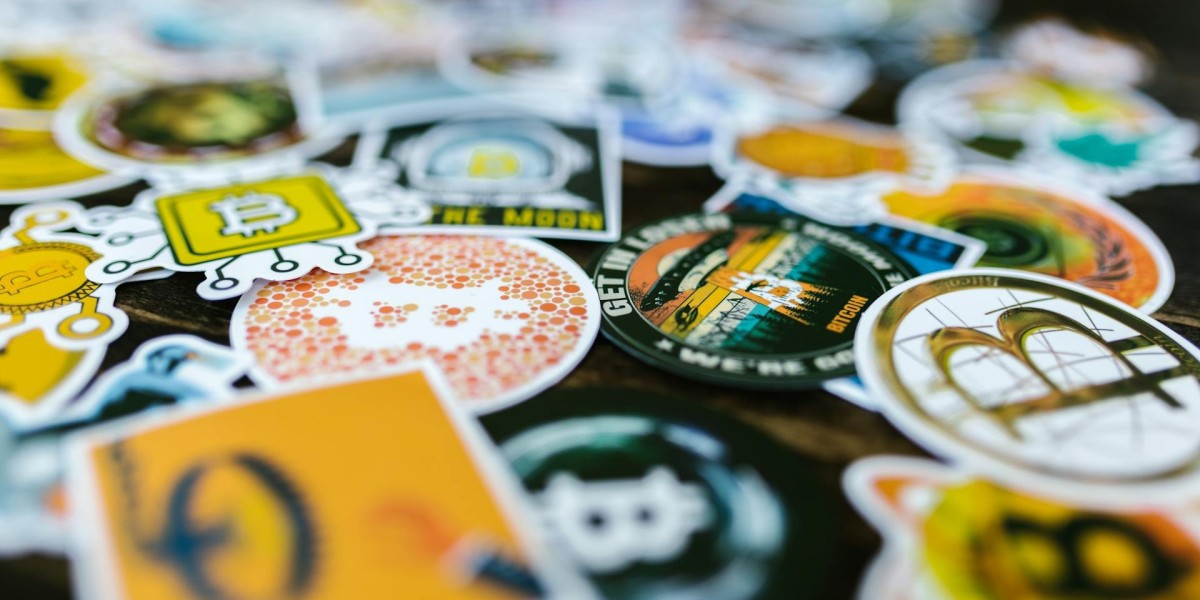Blockchain is often celebrated as a groundbreaking technology of the 21st century, set to overhaul industries and revolutionise the transfer of money and data. Much like other emerging technologies, blockchain’s progression has been uneven. It has catalysed significant shifts and fostered new business models in certain areas, while progress has been slower elsewhere.
Tech experts, industry analysts and various reports over the past year foresee a continuation of this trend, albeit with a clear trajectory of progress. According to MarketsandMarkets, the global blockchain market is set to generate revenue of over $94 billion by the end of 2027 with a compound annual growth rate of 66.2%.
Looking beyond 2024, blockchain development trends are expected to keep evolving in the realm of cryptocurrencies, where they initially made a splash. However, they’re also set to expand their influence into other domains, with several key innovations on the rise.
Top 6 Latest Blockchain Development Trends
1. DApps Embrace Backend Services
In industries like SaaS, monetising existing customers proves more cost-effective than acquiring new ones due to the high costs involved. Young in their journey, blockchain companies now see the value in crafting backend services as a means to sustain revenue growth.
The substantial but smaller number of blockchain wallet users highlights the need to maximise revenue from the current user base. NFT marketplaces, for example, Magic Eden, have launched launchpad services targeting a specific, interested audience segment, making the transition from buyers to creators much easier.
Decentralised exchanges are also broadening their scope by adding services like borrowing and lending, enhancing their primary offerings.
2. Blockchain Niches Find Their Footing
Success in the SaaS world hinges on pinpointing and solving niche-specific problems. As the blockchain space grows more crowded, achieving product-market fit gains importance. Initially, DApp developers grappled with the learning curve of new programming languages, delaying product deployment. Now, as the industry evolves, carving out a niche is becoming more important.
While blockchains like Solana and Avalanche have diversified their investments across various applications, others like Fantom Opera have zeroed in on decentralised finance, building strong communities and achieving favourable market cap-to-TVL ratios. Similarly, the Wax blockchain has distinguished itself in gaming and NFTs, hosting several of the most popular DApps.
3. Blockchain Companies Venture into New Territories
Choosing the right blockchain is akin to finding a prime location for a business, drawing users quickly if the DApp provides value. Yet, moving users to a new blockchain comes with challenges, such as setting up new wallets and transferring funds. Thus, for growth, blockchain enterprises must venture beyond their initial platform.
For instance, OpenSea, a leading NFT marketplace, faced this challenge head-on. Initially reliant on Ethereum, it expanded to include Solana and Polygon to counteract rising transaction fees and stay competitive against new entrants, which appealed to users with lower costs. The shift towards multi-chain support reflects a larger trend in the blockchain industry towards diversification.
4. NFTs Emerge as Innovative Business Tools
Despite early scepticism, businesses are exploring NFT blockchain development services to open new revenue channels through digital products and assets. The luxury sector alone, for instance, is projected to see significant earnings from NFTs and metaverse gaming by 2030. This exploration into the commercial viability of NFTs signals a broader acceptance and understanding of their potential in business innovation and consumer engagement.
5. DeFi Strategies Fuel Growth in Blockchain Gaming
Blockchain gaming enthrals users by weaving DeFi (Decentralised Finance) strategies into gameplay, rewarding players with cryptocurrency tokens for their achievements. This approach, known as GameFi, combines the thrill of gaming with financial incentives, significantly accelerating the sector's growth.
GameFi has expanded the player base, revitalised interest in existing games and spurred the creation of new ones. The success of GameFi highlights the substantial effect of incorporating financial rewards into gaming for community growth and player engagement, making an effective strategy to draw and keep players.
6. Continued Enterprise Investment in Blockchain
The enterprise sector’s investment in blockchain technology remains strong, despite the ups and downs observed in the cryptocurrency market. This steady interest is propelled by blockchain's potential to streamline operations, bolster security and increase transparency in various business processes.
Although the widespread acceptance and implementation of blockchain development trends within mainstream industries are yet to be seen, certain areas, especially those related to compliance and supply chain management, are witnessing tangible advancements.
Businesses continue to explore and test blockchain applications, indicating a cautious yet persistent curiosity about its capabilities to innovate and enhance traditional business models. This experimentation with blockchain reflects a deliberate interest in leveraging the technology to drive forward-thinking business solutions.
Conclusion
We've just looked at the most significant trends in blockchain today.
Despite facing some challenges in recent years, blockchain continues to be a technology full of promise, extending its reach into new sectors, well beyond the realm of cryptocurrency.
We can say that blockchain technology introduces a new degree of sophistication to the digital world. Therefore, in 2024, keep an eye on the growing appeal of BaaS solutions, NFTs and decentralised applications. For boosting exchange efficiency and reliability, explore incorporating new asset classes, securing tokens further and integrating fiat-currency transactions.








